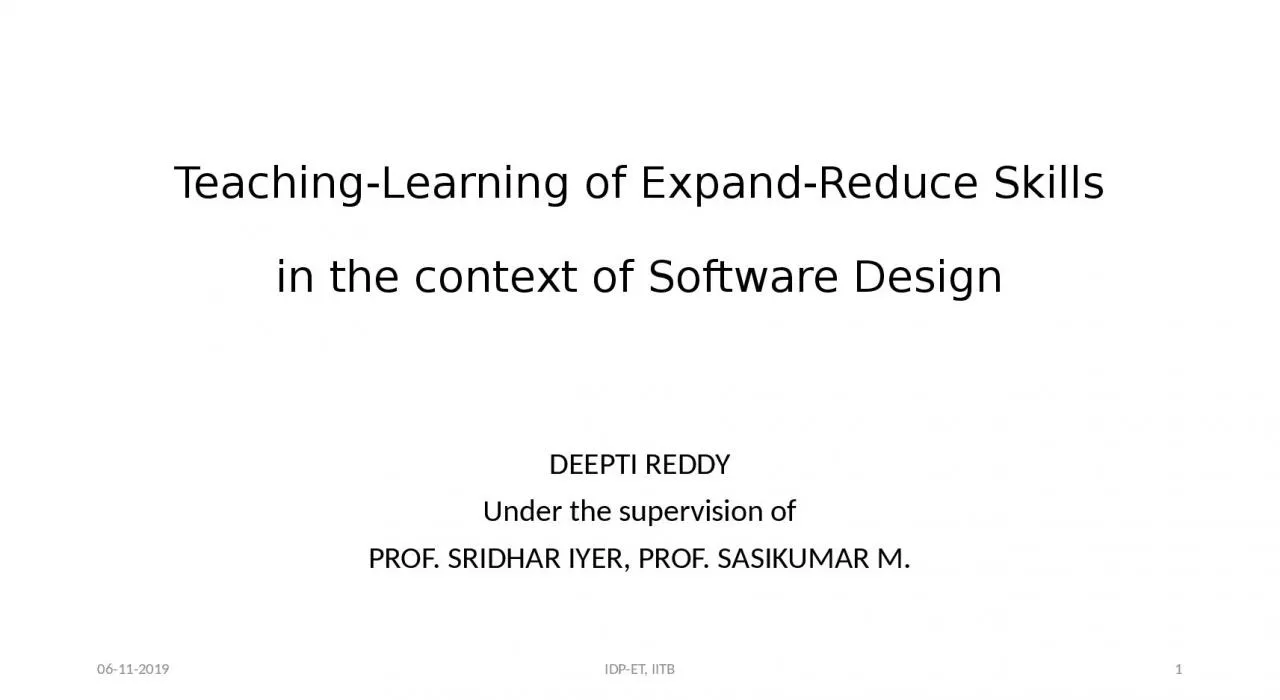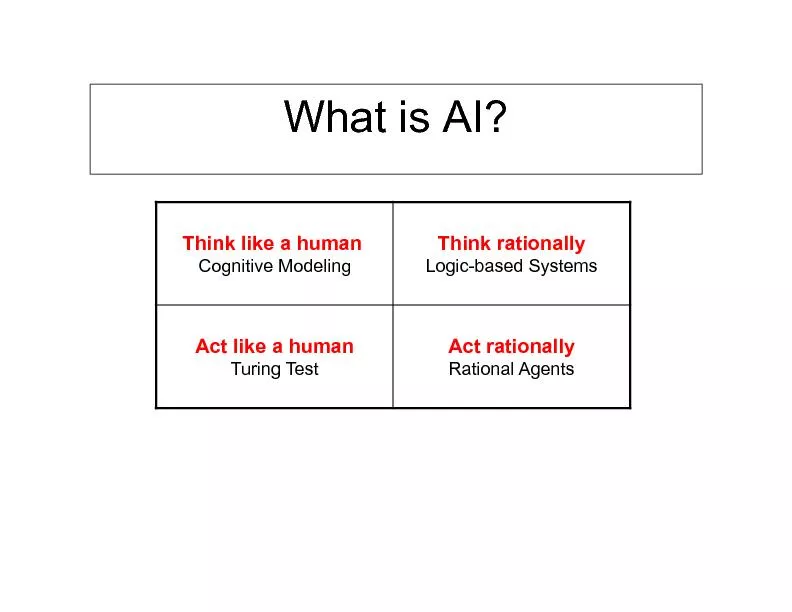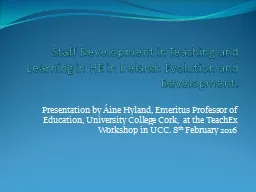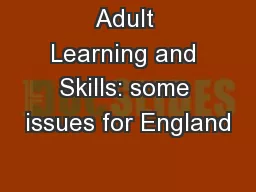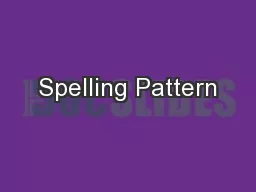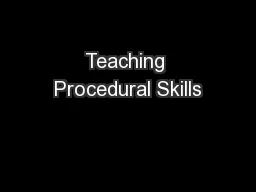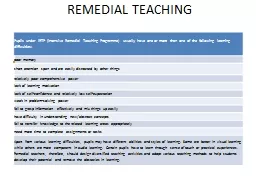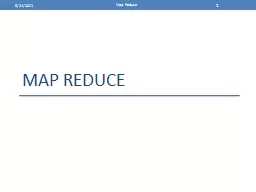PPT-Teaching-Learning of Expand-Reduce Skills
Author : Younggunner | Published Date : 2022-08-02
in the context of Software Design DEEPTI REDDY Under the supervision of PROF SRIDHAR IYER PROF SASIKUMAR M 1 06112019 IDPET IITB Presentation Flow 06112019 IDPET
Presentation Embed Code
Download Presentation
Download Presentation The PPT/PDF document "Teaching-Learning of Expand-Reduce Skill..." is the property of its rightful owner. Permission is granted to download and print the materials on this website for personal, non-commercial use only, and to display it on your personal computer provided you do not modify the materials and that you retain all copyright notices contained in the materials. By downloading content from our website, you accept the terms of this agreement.
Teaching-Learning of Expand-Reduce Skills: Transcript
Download Rules Of Document
"Teaching-Learning of Expand-Reduce Skills"The content belongs to its owner. You may download and print it for personal use, without modification, and keep all copyright notices. By downloading, you agree to these terms.
Related Documents

